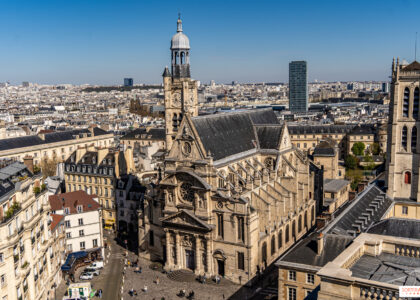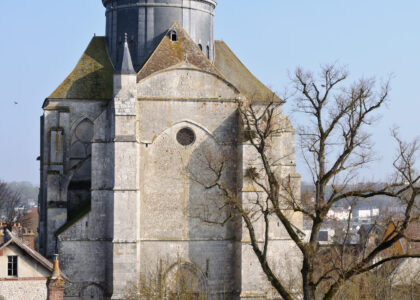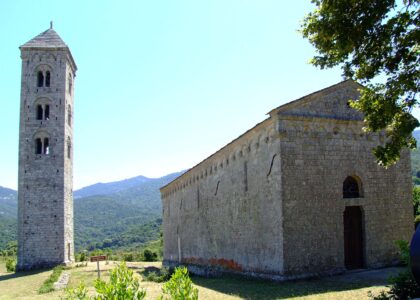Welcome to the Centenary State Historic Site in Jackson, Louisiana, a place rich with history and tales of resilience, transformation, and education. This site, once the vibrant campus of Centenary College of Louisiana, has seen a fascinating evolution since its founding in the early 19th century.
The story begins in 1825, when the Louisiana Legislature chartered the College of Louisiana in Jackson, aiming to provide classical education in subjects such as English, French, Greek, Latin, and philosophy. The college struggled with enrollment and financial challenges, leading to its eventual sale in 1845. But this wasn’t the end of academic pursuits here. That same year, Centenary College, originally established in Mississippi and affiliated with the Methodist Episcopal Church, moved to these very grounds.
Centenary College quickly grew into a prominent institution, with significant buildings like the West Dormitory, constructed in 1837, and the formidable Main Academic Building completed in 1856. This building housed classrooms, laboratories, and a library, and its auditorium could seat thousands. The annual commencements were a highlight of the social calendar, drawing dignitaries from across the region.
However, the prosperity was interrupted by the Civil War. The college closed in 1861 as students left to join the Confederate Army. During the war, the campus served as a hospital for Confederate soldiers and later as a Union field hospital. The grounds even witnessed a skirmish and became a recruitment site for the Union Army’s United States Colored Troops.
After the war, the college struggled financially and eventually relocated to Shreveport in 1908. The Jackson campus was preserved and is now operated as a state historic site. Visitors can explore the West Dormitory and Professor’s Cottage, the only two remaining structures from this chapter of Louisiana’s educational history.
As you walk these grounds, imagine the bustling life of a 19th-century college, the solemnity of a wartime hospital, and the quiet resilience of a place that has been both witness and participant in history’s unfolding drama.





